Description
Flamboyant Orange Flowers Offer Year-Round Color
The Cape Honeysuckle is one of those versatile plants that’s part climber, part shrub. Train it and trim it to suit your garden style. It will not disappoint. This fast-growing evergreen has self-clinging branches that sprawl as wide as you let it. Their trumpet-shaped orange blossoms bloom on and off year-round, and are irresistible to birds and butterflies.
Caring for your Cape Honeysuckle
This easy to care sun lover is salt tolerant and cold-hardy. When choosing a spot in your garden, remember nearby plants may be overtaken by the Cape Honeysuckle’s rambling ways. The plant also adds a great pop of color in containers or planter boxes. Cape Honeysuckle is an exceptional addition to any garden, offering aesthetic appeal with its striking flowers and acting as a sanctuary for various pollinators. By following this guide, gardeners of all experience levels can ensure the thriving of this plant, enjoying its myriad of benefits, from ecological harmony to vibrant displays of color.
Water
This plant is drought-resistant once established. Initially, water it regularly until it establishes a strong root system. Thereafter, reduce the frequency, providing deep waterings occasionally, especially during dry periods.
Soil and Fertilization
Cape Honeysuckle is adaptable to different soil types, but it thrives best in fertile, well-draining soils with a pH between 6.0 and 7.5. For optimum growth and flowering, fertilize it with a balanced, slow-release fertilizer at the beginning of the growing season.
Pruning
Cape Honeysuckle is versatile; it can be grown as a shrub, a hedge, or trained as a vine. Regular pruning is essential to maintain the desired shape and size. Prune older stems and dead or damaged branches to encourage new growth and flowering. After the main blooming season, a more severe pruning can be done to maintain size and encourage bushier growth.
Pest and Diseases
Cape Honeysuckle is generally hardy but watch for aphids, spider mites, and whiteflies. These can be managed with insecticidal soaps or neem oil. Regularly inspect the plant for signs of fungal infections like powdery mildew and treat promptly with fungicides if needed.
Propagation
Propagate Cape Honeysuckle through seeds, cuttings, or layering. For cuttings, select a healthy, young stem, and plant it in a well-draining medium, keeping it moist until roots develop. Seeds can be sown directly in the ground or in pots, but they require patience, as germination may take time.

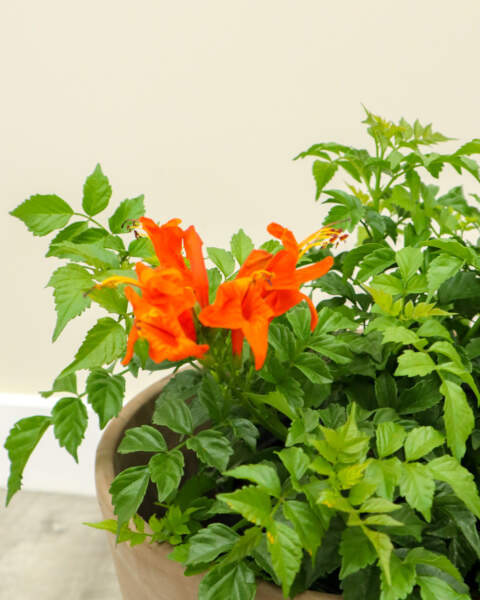
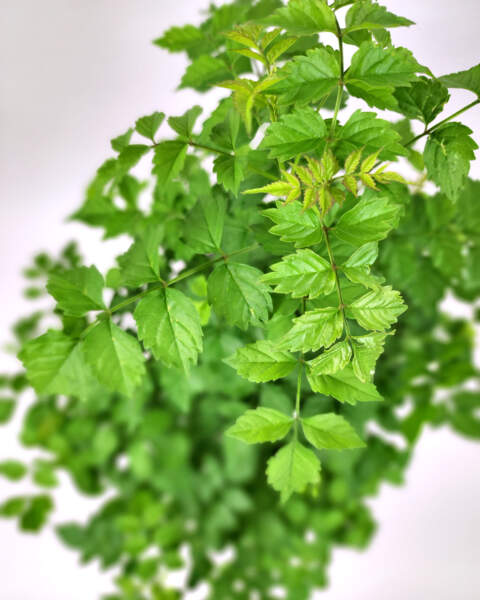
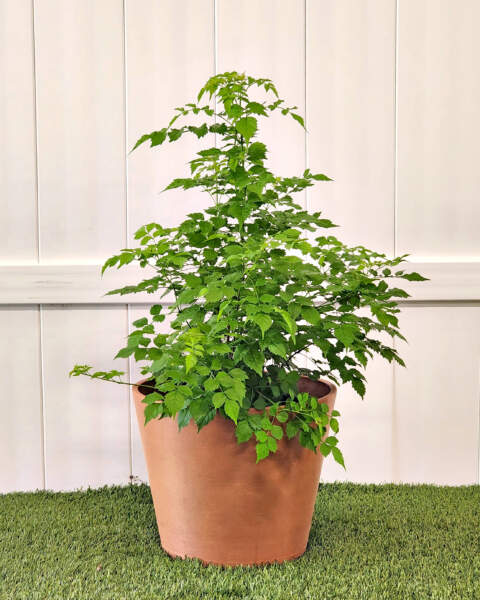
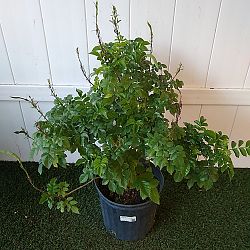
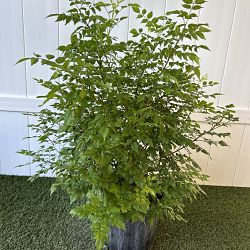
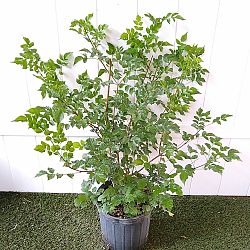
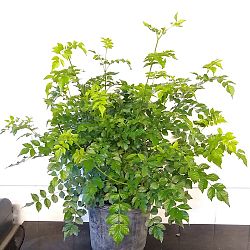
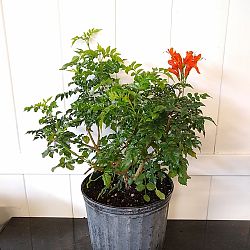
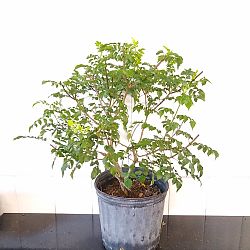
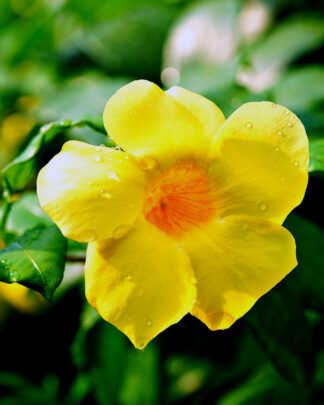
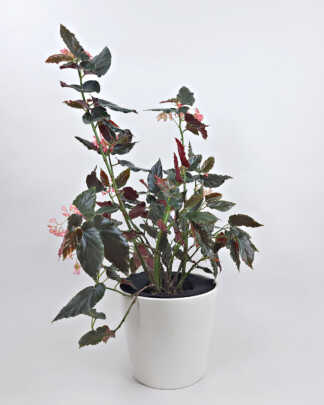
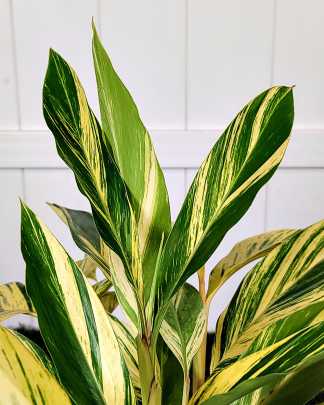
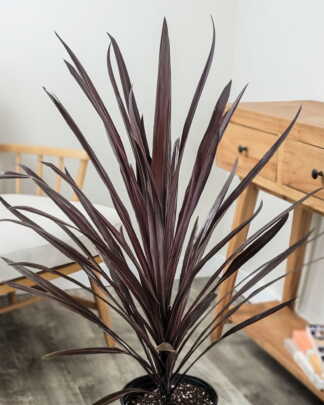
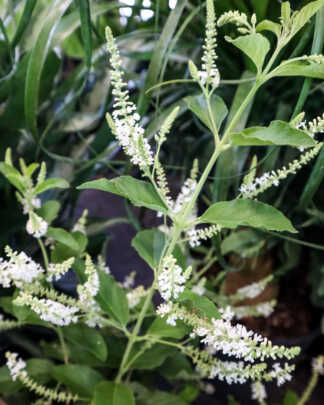


Anna Wolfe (verified owner) –
I am always happy with the plants I buy from Planyvine
Shannon N. (verified owner) –
I am acclimating them for 7-10 days before install. They came in great shape!
Anonymous (verified owner) –
Great plant took a bit long to deliver
Anita K. (verified owner) –
Beautiful and very healthy plant arrived in perfect condition with lovely open flowers.